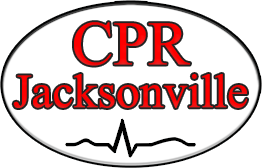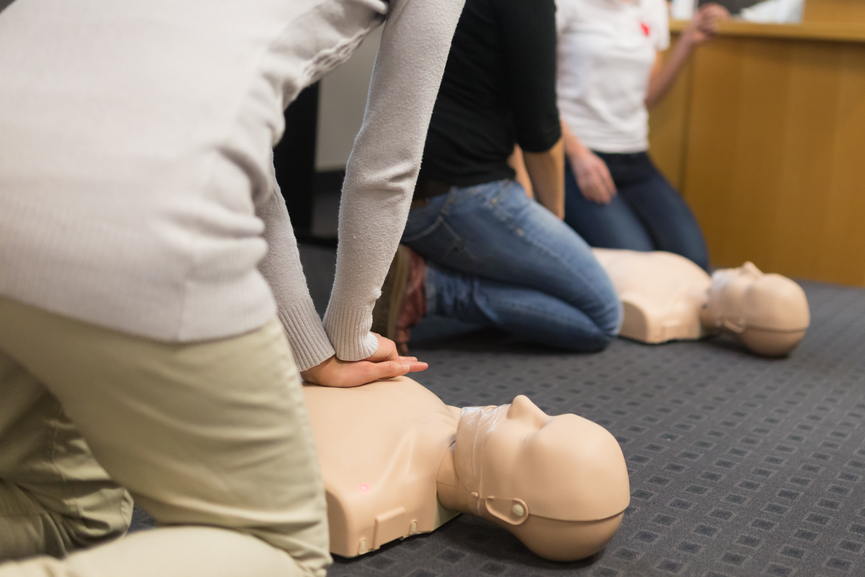In the medical field, particularly in emergency medicine and critical care, two certifications stand out as fundamental pillars of training: Advanced Cardiovascular Life Support (ACLS) and Basic Life Support (BLS). Understanding the differences between ACLS and BLS is crucial for healthcare professionals as it dictates the level of care they can provide in various emergency situations. This article aims to delve into the disparities between ACLS and BLS certifications, highlighting their definitions, target audiences, core skills, training requirements, renewal processes, professional roles, and cost accessibility.
What is ACLS?
ACLS, short for Advanced Cardiovascular Life Support, is an advanced certification designed for healthcare providers who are directly involved in managing cardiac emergencies and other life-threatening medical situations. This includes physicians, nurses, paramedics, and other healthcare personnel working in intensive care units, emergency departments, or critical care settings.
ACLS training goes beyond the basic life support techniques covered in BLS courses, focusing on advanced interventions such as airway management, intravenous access, pharmacology (including medications like epinephrine and amiodarone), and cardiac rhythm interpretation. It equips healthcare professionals with the necessary skills and knowledge to perform complex procedures like defibrillation, synchronized cardioversion, and transcutaneous pacing.
The importance of ACLS cannot be overstated in managing cardiac emergencies such as cardiac arrest, stroke, and acute coronary syndromes. Timely and effective ACLS interventions can significantly improve patient outcomes, including survival rates and neurological recovery.
What is BLS?
BLS, or Basic Life Support, is a foundational certification that provides essential life-saving skills for responding to emergencies such as cardiac arrest, choking, and drowning. It is typically geared towards a broader audience, including healthcare professionals like nurses, doctors, and paramedics, as well as non-medical personnel such as lifeguards, teachers, and caregivers.
BLS training focuses on fundamental techniques such as cardiopulmonary resuscitation (CPR), defibrillation using automated external defibrillators (AEDs), clearing airway obstructions, and providing rescue breathing. These skills are crucial in sustaining life and preventing further deterioration until advanced medical help arrives.
Given its simplicity and broad applicability, BLS serves as the foundation for emergency response in various settings, including hospitals, clinics, schools, workplaces, and community centers. Prompt initiation of BLS measures can significantly increase the chances of survival in cardiac arrest and other life-threatening situations.
Contrasts Between ACLS and BLS
Scope of Practice
One of the primary distinctions between ACLS and BLS lies in their scope of practice. ACLS interventions are more advanced and tailored to managing complex cardiac emergencies and critical care scenarios. This includes advanced airway management techniques, administration of potent medications, and interpretation of cardiac rhythms beyond basic CPR and defibrillation covered in BLS.
For instance, in a scenario involving a patient in cardiac arrest, ACLS-trained personnel would be expected to perform interventions such as advanced airway management (endotracheal intubation), administration of antiarrhythmic medications, and synchronized cardioversion if indicated. In contrast, BLS-trained individuals would focus on basic CPR and defibrillation until advanced help arrives.
Training Requirements
The training requirements for ACLS and BLS certifications vary in terms of duration, content, and complexity. ACLS courses are typically longer and more intensive, covering advanced topics in cardiac life support, pharmacology, and critical care algorithms. Participants are expected to demonstrate proficiency in advanced skills through hands-on practice and simulation scenarios.
ACLS courses often include lectures, skill stations, case-based discussions, and simulated scenarios to provide a comprehensive learning experience. Participants are evaluated through written exams and practical skills assessments to ensure competency in ACLS algorithms and interventions.
On the other hand, BLS courses are comparatively shorter and focus on basic life support techniques such as CPR, AED use, and relief of choking. The emphasis is on developing proficiency in fundamental skills that can be applied in various emergency situations. BLS courses may involve hands-on practice with manikins, group discussions, and skills demonstrations to reinforce key concepts.
Certification Renewal
The frequency of certification renewal differs between ACLS and BLS. ACLS certification is typically valid for two years, after which healthcare professionals are required to undergo recertification to maintain their credentials. Recertification involves completing a renewal course, which may include updates on guidelines, practice scenarios, and skill assessments to ensure competency in ACLS interventions.
In contrast, BLS certification is usually valid for one to two years, depending on the certifying organization and local regulations. Healthcare providers need to renew their BLS certification regularly to stay current with the latest guidelines and techniques in basic life support. Renewal may involve attending a refresher course, passing a written exam, and demonstrating proficiency in CPR and other BLS skills.
Professional Roles and Settings
The professional roles and settings where ACLS and BLS certifications are required vary based on the level of care and patient population encountered. ACLS certification is typically mandated for healthcare professionals working in critical care areas such as emergency departments, intensive care units, cardiac catheterization labs, and operating rooms.
Healthcare providers who are directly involved in managing cardiac arrests, unstable arrhythmias, and acute cardiovascular emergencies are expected to have ACLS certification. This includes emergency physicians, critical care nurses, paramedics, respiratory therapists, and anesthesiologists who play key roles in resuscitation and advanced cardiac life support.
On the other hand, BLS certification is more universally applicable and may be required for a broader range of healthcare professionals, including those working in non-critical care areas such as primary care clinics, outpatient facilities, rehabilitation centers, and public health settings. BLS-trained individuals are equipped to respond to emergencies in diverse settings and provide basic life support until advanced medical help arrives.
Cost and Accessibility
The cost and accessibility of ACLS and BLS training programs can vary depending on factors such as location, training provider, and course format. ACLS courses tend to be more expensive than BLS courses due to their advanced nature and longer duration. The cost of ACLS certification may be several hundred dollars, depending on whether it includes additional materials, simulation equipment, or instructor fees.
In contrast, BLS courses are generally more affordable and accessible, making them suitable for a wider audience. The cost of BLS certification is often lower than ACLS certification. BLS courses are offered by various organizations, including the American Heart Association (AHA), American Red Cross, and healthcare institutions, with options for online or in-person training.
Benefits of Understanding Both Certifications
Healthcare professionals who hold both ACLS and BLS certifications possess a broader skill set and are better equipped to respond effectively to a wide range of medical emergencies. They can seamlessly transition between basic and advanced interventions based on the severity of the situation and the patient’s needs.
Understanding both ACLS and BLS enables healthcare providers to communicate more effectively and collaborate efficiently in emergency situations. By speaking a common language and understanding each other’s roles and responsibilities, interdisciplinary teams can work together cohesively to deliver optimal patient care.
The ability to apply appropriate interventions promptly and effectively can significantly impact patient outcomes in critical situations. Healthcare professionals with comprehensive training in ACLS and BLS can make informed decisions, prioritize interventions, and adapt their approach based on patient response, leading to better outcomes and increased survival rates.
In conclusion, the disparities between ACLS and BLS certifications are significant and merit careful consideration for healthcare professionals seeking to enhance their emergency response skills. While ACLS focuses on advanced cardiac life support interventions tailored to critical care settings, BLS provides foundational skills for basic life support across diverse healthcare settings.
Understanding the contrasts between ACLS and BLS, including scope of practice, training requirements, certification renewal, professional roles, and cost accessibility, is essential for healthcare professionals to make informed decisions about their training needs and career paths.
By obtaining both ACLS and BLS certifications, healthcare providers can maximize their emergency response capabilities, improve teamwork and communication, and ultimately contribute to better patient outcomes. As such, it is encouraged for healthcare professionals to pursue appropriate certification based on their professional roles and responsibilities, ensuring readiness to respond effectively to medical emergencies and save lives.
In conclusion, understanding the contrasts between AHA ACLS and BLS certifications is essential for healthcare providers in Jacksonville, FL. CPR Jacksonville FL stands out as an American Heart Association training site, providing stress-free and hands-on courses for both initial certifications and renewals. Whether seeking ACLS certification in Jacksonville FL or BLS certification in Jacksonville FL, healthcare professionals can trust CPR Jacksonville FL to provide the best training possible. With a commitment to excellence and comprehensive courses tailored to meet the needs of healthcare providers, CPR Jacksonville FL remains the top choice for those seeking CPR, ACLS, PALS, and First Aid certifications in the area.



